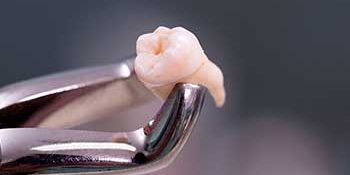1. Avoid fiddling with the area or rinsing on the day of the extraction.
The first day is an important day for healing to occur, as its when the blood clot stabilizes. If the blood clot is lost, the socket takes a lot longer to heal (dry socket), and you could be risk of infection.
2. After 24 hours, rinse gently with hot salty mouth washes, several times a day.
Rinsing with hot salty mouth washes helps to keep the area clean, and reduces the amount of bacteria. It is very important to follow this simple rule.
3. Expect some blood and oozing.
Bleeding and oozing is perfectly normal following a tooth extraction, and should be expected. If you experience bleeding, bite firmly to apply pressure to the site. This should stop the bleeding within 30 minutes. If it does not stop and the area is bleeding badly, please go to A&E or call your dentist.
4. Take painkillers if needed.
The best way to manage pain following a tooth extraction is to alternate between paracetemol and ibuprofen. Always check to make sure you can take these medications, and never take more than the maximum daily amount. Its best to take two paracetamol, wait two hours, and then take two ibuprofen.
5. If you have severe pain, book in to see your dentist.
If you are experiencing significant pain following a tooth extraction, call your dentist to book an appointment, as you may have developed an infection. This is called dry socket and is treated by washing the socket with a disinfectant and placing a dressing in it.
6. Take it easy and avoid exercise for a few days.
If you do any form of exercise or heavy lifting, your blood pressure can go up causing bleeding, so its normally best to avoid this for the next couple of days.
7. Avoid alcohol and smoking for 72 hours.
Alcohol thins the blood, causing bleeding. Smoking impairs healing and will increase chances of getting dry socket – an infection that can be very painful.
8. Eat soft foods and try to chew on the other side of the mouth.
Avoid anything hard and crunchy that’s likely to get stuck in the socket.


